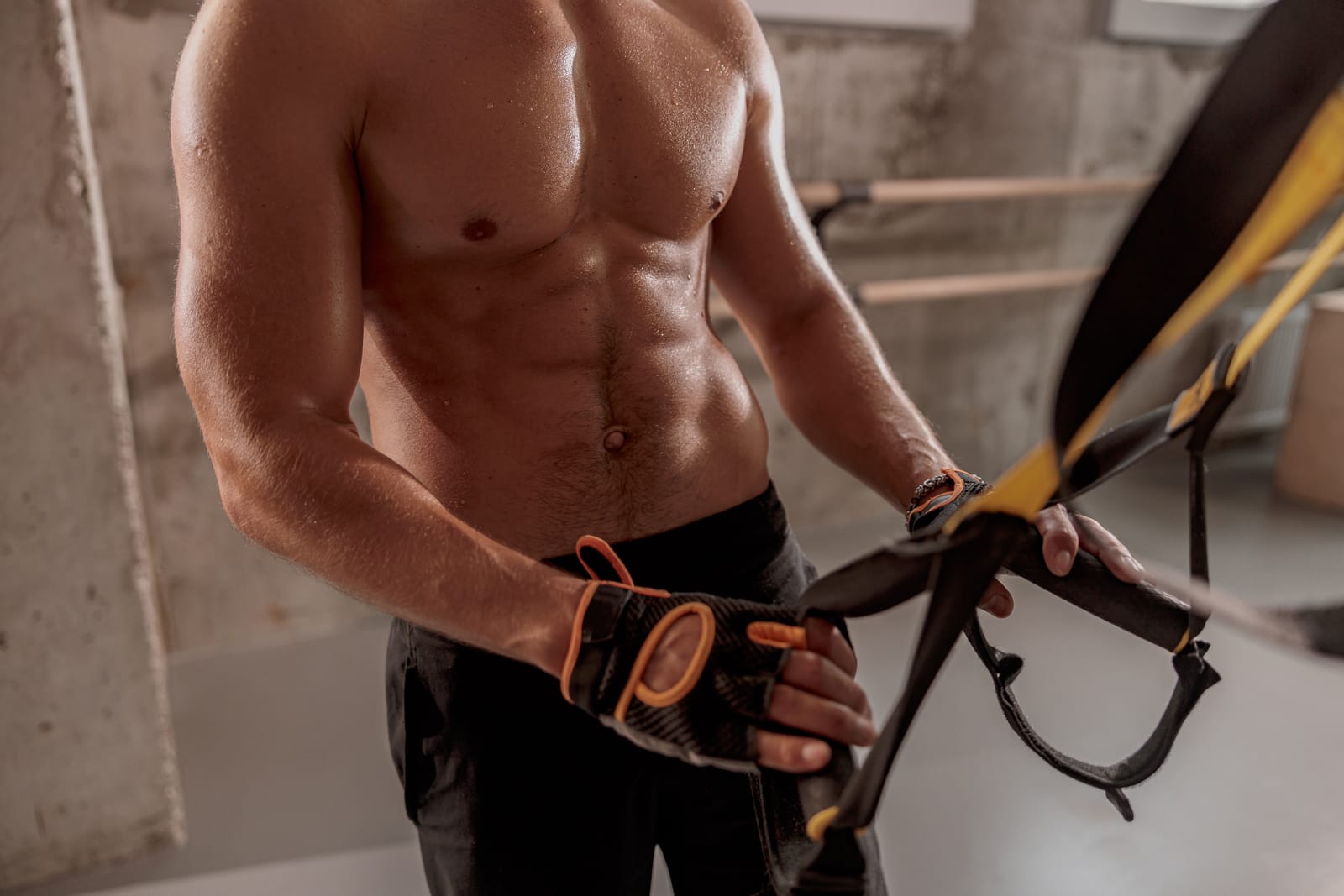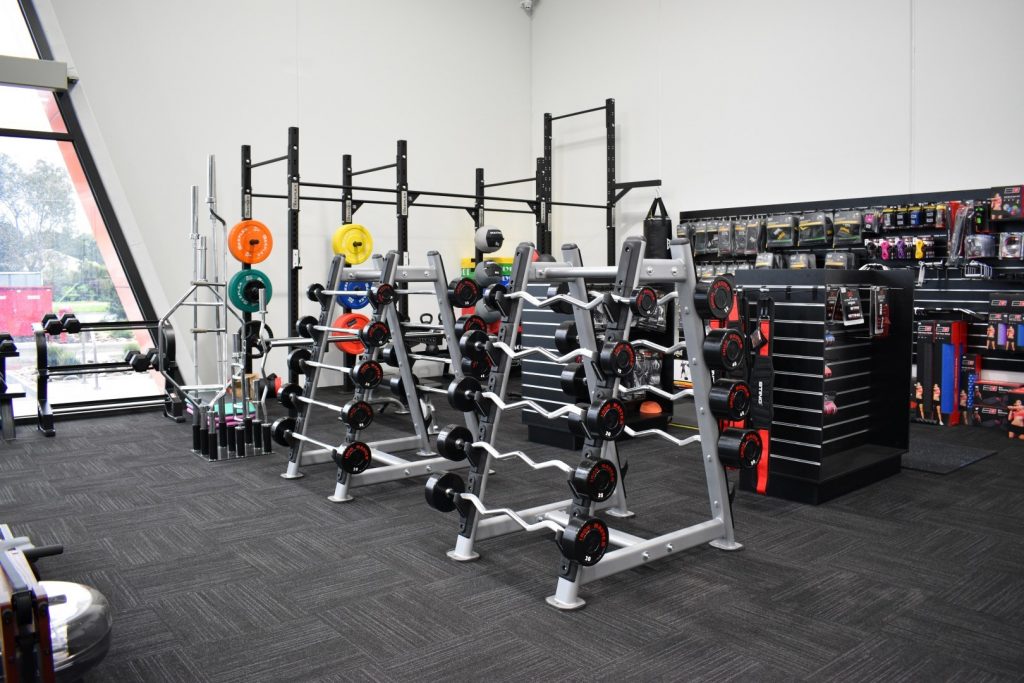
Mastering Weight Lifting Straps: When and How to Use Them
Weight lifting straps are a powerful tool that can enhance your lifting performance and help you reach new heights in your training. We’ll also address common misconceptions surrounding these straps, providing clarity on when and how to use them effectively. Whether you’re a seasoned lifter or just starting out, understanding the ins and outs of weight lifting straps will empower you to push past your limits and achieve greater strength gains.
Benefits of incorporating weight lifting straps into your routine
Enhance Grip Strength during Heavy Lifts
Weightlifting straps can be a game-changer. These handy tools provide an extra layer of support by improving your grip strength. With weightlifting straps, you can maintain a secure hold on the barbell or dumbbells, even when your hands start to fatigue. This means you can focus more on lifting the weights and less on worrying about your grip slipping.
Reduce Strain on Forearm Muscles and Joints
One of the major benefits of using weightlifting straps is that they help reduce strain on your forearm muscles and joints. When you’re performing exercises like deadlifts or rows, the straps take some of the load off your hands and transfer it to your wrists and forearms. This can alleviate discomfort and prevent potential injuries caused by overexertion.
Increase Focus on Targeted Muscle Groups for Better Results
By incorporating weightlifting straps into your routine, you can enhance your ability to target specific muscle groups effectively. When your grip strength is no longer a limiting factor, you can concentrate more on engaging the intended muscles during each exercise. This increased focus allows for better mind-muscle connection, leading to improved muscle activation and overall gains.
Using weightlifting straps isn’t without its drawbacks; however, the benefits often outweigh these limitations:
Pros:
-
Improved grip strength during heavy lifts.
-
Reduced strain on forearm muscles and joints.
-
Enhanced focus on targeted muscle groups for better results.
Cons:
-
Potential dependency on straps if used excessively.
-
Limited development of grip strength over time.
When to use weightlifting straps for strength training
Grip Strength Becomes a Limiting Factor
Incorporating weightlifting straps into your routine can be beneficial when grip strength becomes a limiting factor in exercises like deadlifts or pull-ups. Sometimes, the muscles you’re targeting are strong enough to handle heavier gym equipment, but your grip gives out before you can fully engage those muscles. That’s where weightlifting straps come in handy.
High-Intensity Workouts and Grip Fatigue
During high-intensity workouts, especially those involving multiple sets or heavy lifting, fatigue can set in quickly. Your hands and forearms may get tired before your targeted muscles have reached their maximum potential. By using weightlifting straps, you can alleviate some of the pressure on your grip and prevent grip fatigue from hindering your performance.
Hand or Wrist Injuries
Weightlifting straps are particularly helpful for individuals with hand or wrist injuries who still want to train effectively. If you’ve sprained your wrist or injured your hand but still want to continue strength training, using weightlifting straps allows you to maintain proper form and lift weights without exacerbating the injury.
Using weightlifting straps is not always necessary, but they can be a useful tool when certain circumstances arise during strength training. Whether it’s due to grip strength limitations, preventing grip fatigue during intense workouts, or accommodating hand or wrist injuries, these straps provide support and aid in maintaining proper form while lifting.
How to effectively use weightlifting straps during workouts
There are a few key points to keep in mind. By following these tips, you can ensure that your straps provide the support and grip you need for a successful workout.
Choose the right type and size of strap for your needs
Selecting the appropriate type and size of weightlifting strap is crucial for optimal performance. There are different materials available, such as cotton or nylon, each with its own advantages. Consider factors like durability, comfort, and grip when making your choice. Make sure the length of the strap is suitable for your exercises.
Properly wrap the strap around the barbell or dumbbell handle
To get the most out of your weightlifting straps, it’s essential to wrap them correctly around the barbell or dumbbell handle. Start by placing one end of the strap through the loop on the other end. Then, slide your hand through this loop and tighten it securely around your wrist. This will provide stability and prevent slippage during heavy lifts.
Adjust tension to ensure a secure grip without cutting off circulation
Finding the right tension is crucial when using weightlifting straps. You want a secure grip without compromising blood circulation in your hands or wrists. Tighten the strap enough so that it doesn’t slip during exercise but not so tight that it restricts blood flow. Experiment with different levels of tension until you find what works best for you.
Remember that weightlifting straps should be used as a tool to enhance your training rather than becoming reliant on them entirely. They can be particularly useful when performing exercises like deadlifts or rows where grip strength may limit progress.
Different types of weightlifting straps and their advantages
There are various options available, each with its own advantages. Let’s take a closer look at the different types and what makes them unique.

Cotton, Nylon, or Leather Straps
Weightlifting straps can be made from different materials such as cotton, nylon, or leather. Each material has its pros and cons.
-
Cotton Straps: These straps are lightweight and provide a good grip on the barbell. They are also comfortable to wear during workouts.
-
Nylon Straps: Nylon straps are durable and strong enough to handle heavy weights. They offer excellent flexibility and can withstand intense training sessions.
-
Leather Straps: Leather straps are known for their durability and longevity. They provide a secure grip on the barbell and can handle heavy loads without wearing out quickly.
Specialized Variations: Figure-Eight or Hook-Style Lifting Straps
In addition to the basic strap types mentioned above, there are specialized variations that cater to specific needs.
-
Figure-Eight Lifting Straps: These straps have a figure-eight shape that provides additional support for the wrists. They help in maintaining proper form while lifting heavy weights.
-
Hook-Style Lifting Straps: Hook-style lifting straps have hooks that attach directly to the barbell. This design eliminates the need for wrapping the strap around your wrist multiple times.
When choosing the right type of weightlifting strap, factors such as durability, comfort, and flexibility should be considered. It ultimately depends on your personal preference and competition strategy.
Remember that using weightlifting straps is not a one-size-fits-all solution; they should be used strategically when necessary to enhance your performance without becoming overly reliant on them.
Tips for maximizing grip strength while using weight lifting straps
Maintain Regular Grip Training alongside Strap Usage
To effectively use weightlifting straps, it’s crucial to maintain regular grip training. While straps can provide added support and assistance during heavy lifts, relying solely on them can weaken your natural grip strength over time. By incorporating exercises that target your grip strength into your routine, you can ensure that you continue to develop and maintain a strong grip.
Strengthen Forearms through Exercises like Wrist Curls or Farmer’s Walks
One way to enhance your grip strength is by focusing on strengthening your forearms. Exercises like wrist curls or farmer’s walks specifically target the muscles in your forearms, helping to improve their strength and endurance. Incorporating these exercises into your training regimen can have a significant impact on your ability to hold onto weights without relying heavily on straps.
Focus on Improving Overall Hand and Finger Dexterity
In addition to forearm exercises, it’s essential to work on improving overall hand and finger dexterity. This involves performing exercises that engage the small muscles in your hands and fingers, such as finger curls or using hand grippers. Increasing the dexterity of these muscles will not only enhance your ability to maintain a solid grip but also contribute to better control over the weights you’re lifting.
By following these tips, you can maximize both the benefits of weightlifting straps and the development of your natural grip strength. Remember that while straps are useful tools for certain lifts, it’s important not to become reliant on them exclusively. Balancing strap usage with regular grip training will help you build a strong foundation of grip strength that will serve you well in all aspects of weightlifting.
Mastering the use of weight lifting straps
You now have a solid understanding of how to effectively use weightlifting straps in your workouts. By incorporating these straps into your routine, you can experience the benefits of improved grip strength and enhanced performance. Remember, using weightlifting straps is not about relying on them for every exercise, but rather utilizing them strategically when necessary.
To truly master the use of weightlifting straps, practice is key. Start by incorporating them into your strength training sessions gradually, focusing on exercises where grip strength is a limiting factor. As you become more comfortable with their use, experiment with different types of straps to find the ones that suit you best. And always remember to prioritize safety and proper form during your workouts.
Now it’s time for you to take action! Grab a pair of weightlifting straps and start implementing what you’ve learned into your training regimen. Feel the difference they can make in enhancing your grip strength and taking your workouts to new heights. Embrace the challenge and push yourself further than ever before!
FAQs
Can I use weightlifting straps for all exercises?
Weightlifting straps are primarily used for exercises where grip strength becomes a limiting factor, such as deadlifts or pull-ups. However, it’s important to note that not all exercises require or benefit from using weightlifting straps. Exercises like squats or bench presses do not typically require the use of straps as grip strength is not a significant factor.
How tight should I wrap the weightlifting straps around my wrists?
When using weightlifting straps, it’s crucial to find the right balance between security and comfort. Wrap the strap firmly around your wrist without cutting off circulation or causing discomfort. You want enough tension to provide support but still allow for proper blood flow.
Are there any risks associated with using weightlifting straps?
While weightlifting straps can be beneficial when used correctly, there are some risks involved if used improperly. Improper use of straps can lead to over-reliance on them, neglecting grip strength development, and potential injury. It’s important to use weightlifting straps as a tool in your training rather than a crutch.
Can I wash my weightlifting straps?
Yes, you can wash your weightlifting straps. Most straps are made of durable materials that can withstand washing. Follow the manufacturer’s instructions for cleaning, which usually involve hand-washing with mild soap and air-drying.
How long do weightlifting straps last?
The lifespan of weightlifting straps depends on various factors such as frequency of use, maintenance, and quality of the material. With proper care, they can last for several months or even years. However, it’s essential to regularly inspect your straps for any signs of wear or damage and replace them if necessary.
